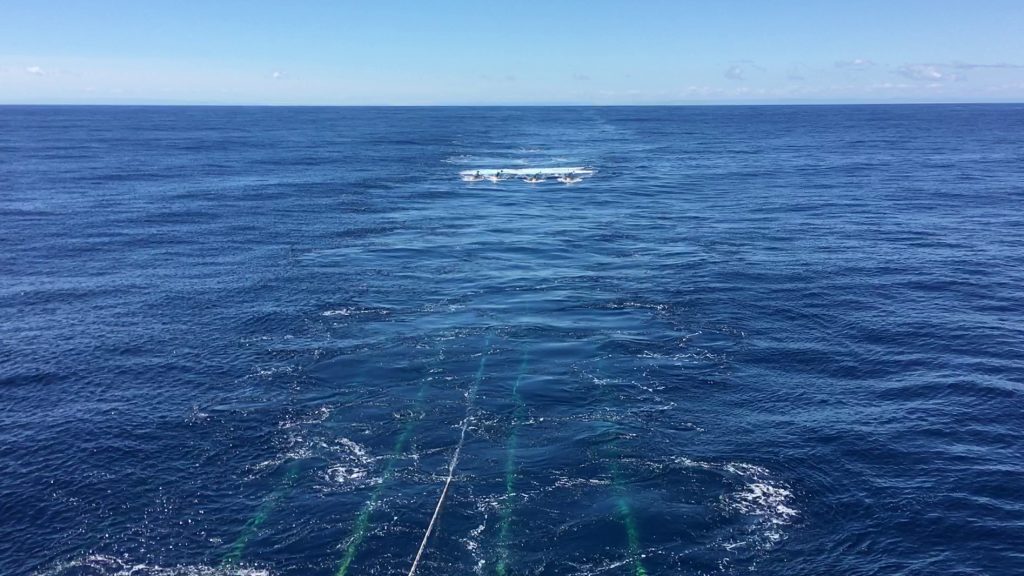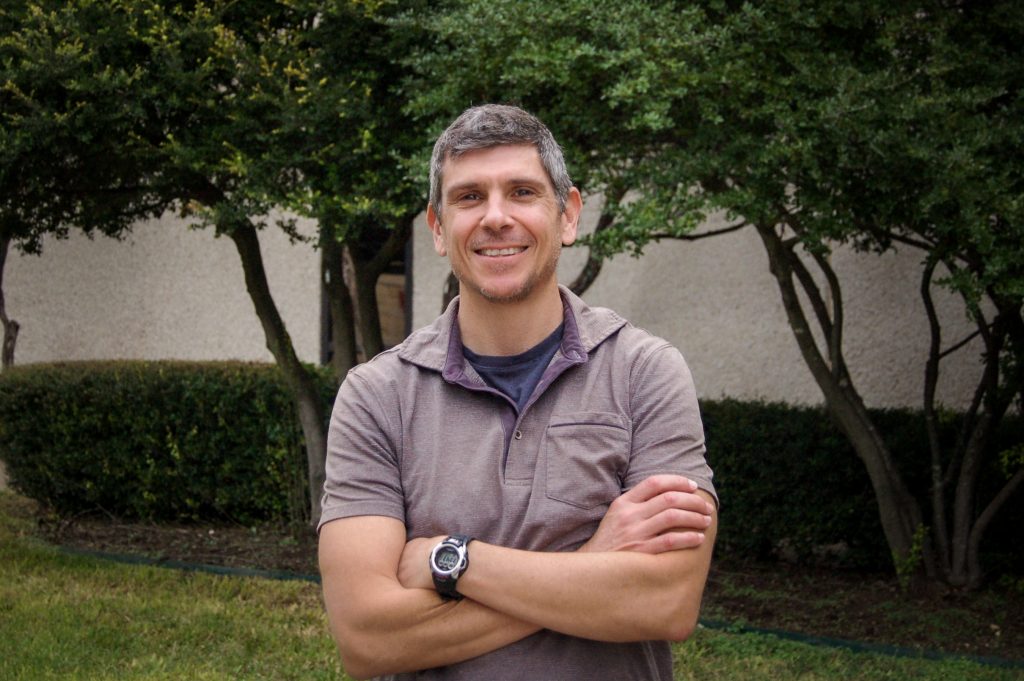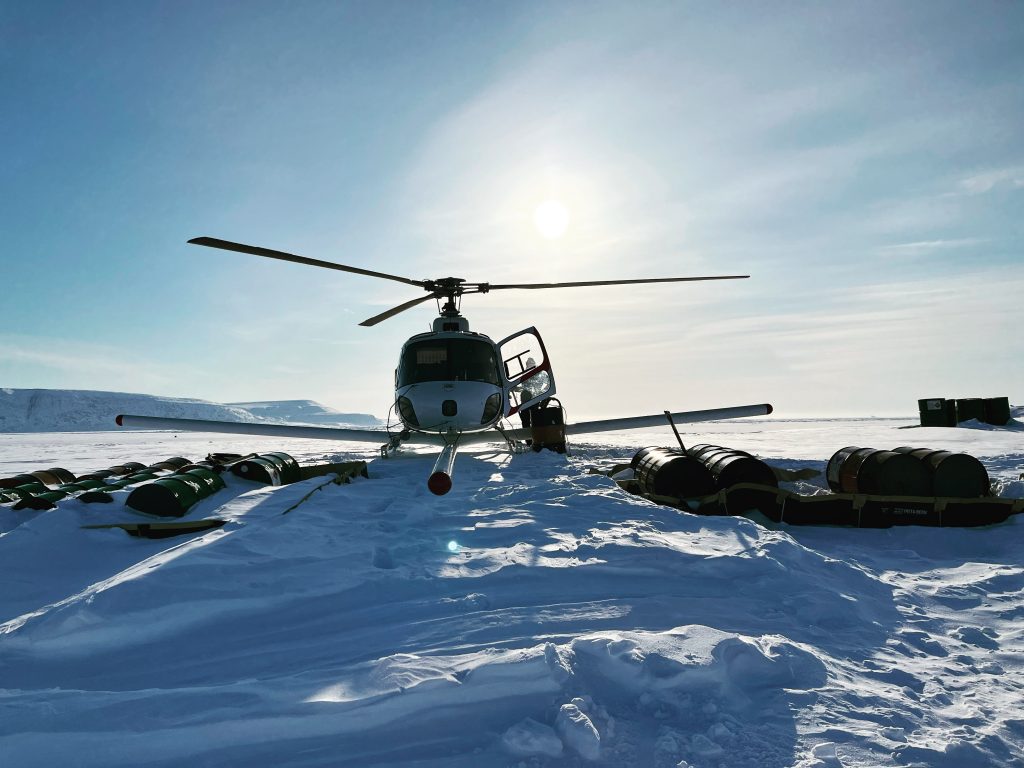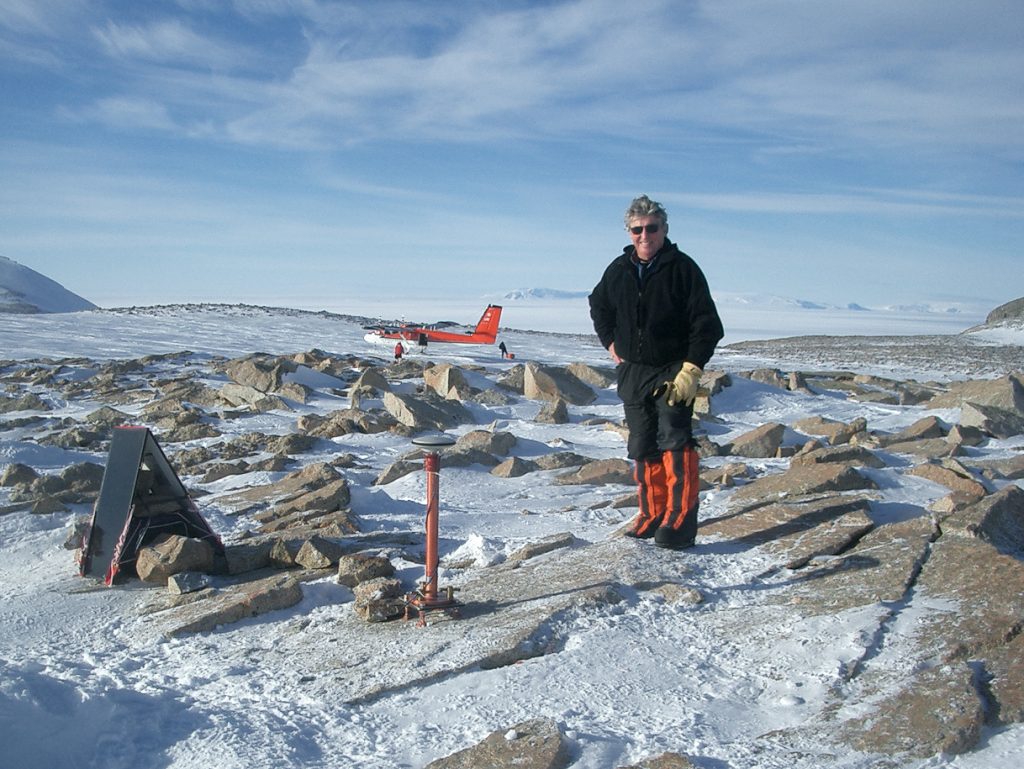Researchers at The University of Texas at Austin have successfully isolated a pattern of lab-made ‘foreshock’ tremors. The finding offers hope that future earthquakes could be forecast by the swarm of smaller tremors that come before them. The research was published in the journal Nature Communications. The next step is to replicate the results in… Continue Reading Scientists Isolate Early-Warning Tremor Pattern in Lab-Made Earthquakes
Discovery of Massive Undersea Water Reservoir Could Explain New Zealand’s Mysterious Slow Earthquakes
Researchers have discovered a sea’s worth of water locked within the sediment and rock of a lost volcanic plateau that’s now deep in the Earth’s crust. Revealed by a 3D seismic image, the water lies two miles under the ocean floor off the coast of New Zealand, where it may be dampening a major earthquake… Continue Reading Discovery of Massive Undersea Water Reservoir Could Explain New Zealand’s Mysterious Slow Earthquakes
UT Austin’s Demian Saffer Named AGU Fellow
Demian Saffer, the director of the University of Texas Institute for Geophysics (UTIG), has been named a Fellow of the American Geophysical Union (AGU). The distinction recognizes exceptional scientific contribution and eminence in the field of Earth sciences. Being named a fellow is AGU’s highest honor. Only a tiny fraction (0.1%) of its 40,000 members… Continue Reading UT Austin’s Demian Saffer Named AGU Fellow
New Radar Technique Lets Scientists Probe Invisible Ice Sheet Region on Earth and Icy Worlds
Scientists at the University of Texas Institute for Geophysics (UTIG) have developed a radar technique that lets them image hidden features within the upper few feet of ice sheets. The researchers behind the technique said that it can be used to investigate melting glaciers on Earth as well as detect potentially habitable environments on Jupiter’s… Continue Reading New Radar Technique Lets Scientists Probe Invisible Ice Sheet Region on Earth and Icy Worlds
Highest Honor in Antarctic Exploration Goes to Ian Dalziel
Ian Dalziel of The University of Texas at Austin has been honored with the Polar Medal — the United Kingdom’s top award for polar exploration. The medal recognizes Dalziel’s contributions to Antarctic geology, including discoveries about the icy continent’s ancient past and the fragility of its ice sheet today. The award will be presented by… Continue Reading Highest Honor in Antarctic Exploration Goes to Ian Dalziel
- « Previous Page
- 1
- 2
- 3
- 4
- …
- 18
- Next Page »





